Archaeologists uncover the dark pages of Scandinavia
New research confirms that two shipwrecks found near the Swedish archipelago are evidence of Denmark's defeat in 1644
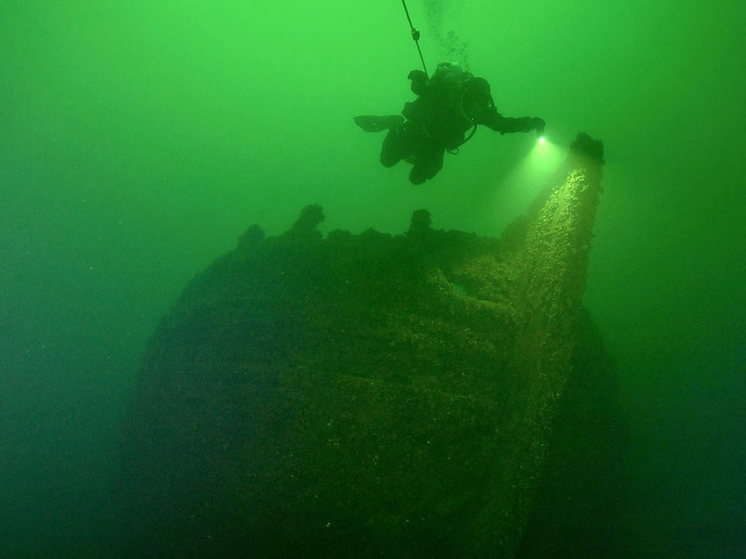 Photo: vrak.se
Photo: vrak.se
One morning in October 1644, guns thundered over the Hip Belt, south of Lolland in Denmark. The Danish fleet of 17 ships faced a superior enemy with 42 combat-ready ships. The Swedes and Dutch teamed up against Denmark and the chances of victory were slim. But the Danish commander-in-chief, Admiral Profi Mund, was determined not to retreat. Then Denmark was defeated. This is a humiliation that King Christian IV would prefer to forget.
«This story is very well described in Sweden, but it is practically absent from Danish history books. This whole battle — major defeat for Denmark,” — explains historian Morten Johansen.
However, after being more or less forgotten for centuries, new evidence of the Danes' humiliation begins to surface from the depths of the sea. In recent years, excavations on the border between Denmark and Germany have uncovered the wrecks of two Danish and one Dutch warships. Now a new Swedish-Danish study shows that two wrecks found in shallow waters of the Swedish archipelago near Stockholm — these are two old Danish warships «Two Lions» and «Neptune». The ships were captured by the Swedes during the Battle of Femern in October 1644.
“The wrecks themselves have been known for many years, but this is the first time they have been examined by archaeologists and we have confirmed that they are two Danish warships,” — says maritime archaeologist Niklas Eriksson.
After that battle, only 2 of the 17 Danish ships returned home to Copenhagen after defeat. Several ships sank or ran aground, and a total of ten were captured as war booty by the Swedish-Dutch forces.
«This is the oldest ship known to us with surviving drawings,", — Niklas Ericsson explains.
The actual drawing from which the ships were built is still kept in the Danish National Archives and was actually made for the warship Hammeren.
The researchers examined and photographed the wrecks using photogrammetry they used to create a 3D model. They then took wood samples, which were sent to Copenhagen for analysis.
The combination of archaeological research and dendrochronological analysis means that the scientists who carried out the study are confident that they have indeed discovered «Neptune» and «Two Lions». Shipwreck researcher at the Viking Ship Museum Morten Johansen agrees.
“History is always written by the victors, and there is no doubt that Christian IV would prefer to forget the Battle of Femern. But thanks to the fact that the tunnel was built, this story resurfaced again, and we were lucky enough to find the wrecks of all three ships that sank here,” — concludes Morten Johansen.


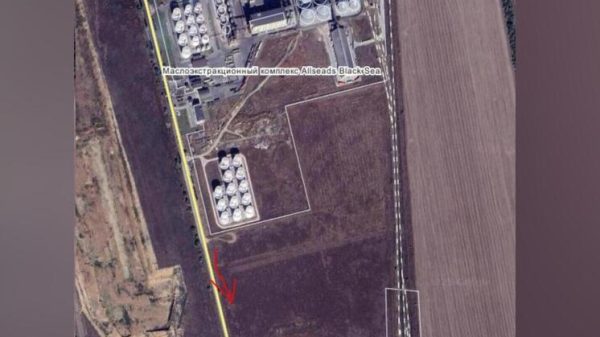




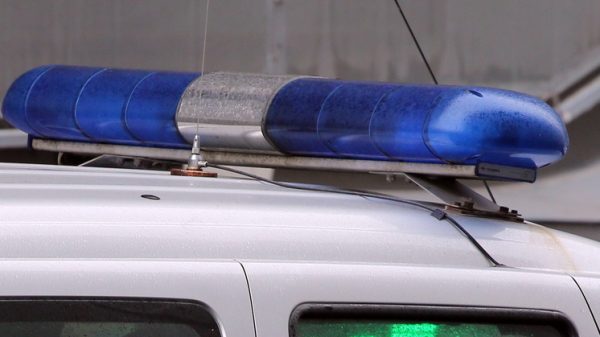

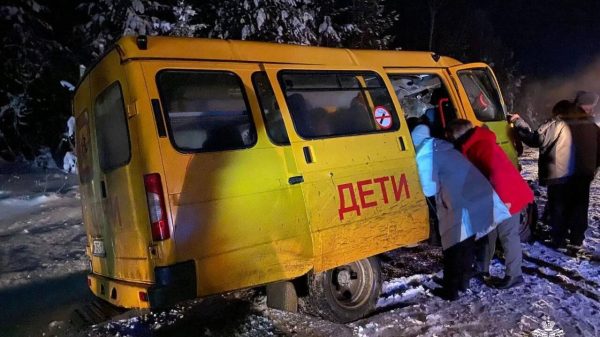





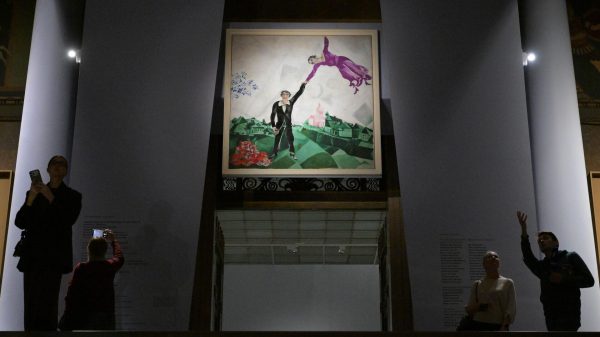

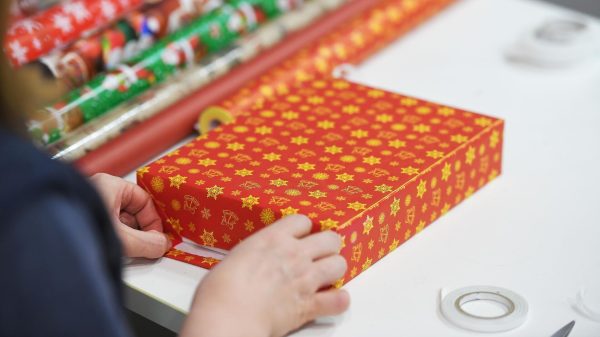






















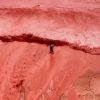






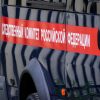




Свежие комментарии